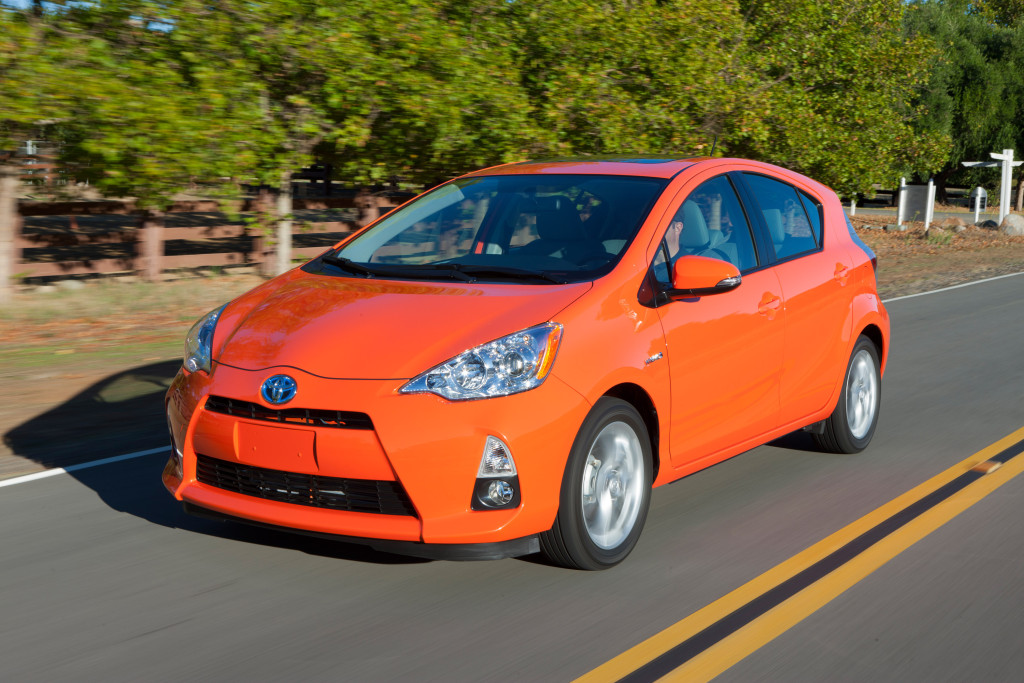Regenerative (aka Recuperative) Braking

While I was clear in my praise for the electric buses, (large electric trucks represent) the opposite case: One of the avenues of lowest net gain for the environment. Buses are exciting because the transportation is endless start/stop. Because of the number of stops, using recuperative braking offers tremendous efficiency advantages. But for long-haul trucking, the opposite is true. Highway driving affords very few reasons to stop, so this is just a straight comparison between an efficient diesel engine and a natural gas peaker with line losses and battery charging losses.
Exactly. Regenerative braking is a rip-off for a lot of vehicles, insofar as it adds cost and weight, and pays for itself only when the driver would have used the brakes to convert kinetic energy into heat. Making matters worse, drivers typically believe they brake more than they actually do.
The Prius makes use of regenerative braking, especially the way I drive mine. Priuses have two forward gears, D for drive and B for brake. Both use a generator to slow the car and charge the main batteries when the accelerator isn’t depressed, but the B mode does it far more forcefully. In most cases that I would have hit the brakes, I shift into B. I have 113K on my car, and have used very little brake lining, not to mention saving gas.
I add to the effectiveness of this system by using a shifting back and forth between B (braking) and N (neutral, coasting) down long hills, of which we have several (~2 miles) around here. In other words, going down hills, I either want to accelerate by coasting or slow by maximum regen. (When I learned to drive in Pennsylvania in the early 70s, this was illegal for some reason, but it’s not in current-day California.) And I try to be going as fast as possible without being unsafe or risking a ticket when I reach the bottom, so as to get up the other side with a minimum of energy.
It is for this reason that I get over 50 MPG, where most people are in the mid-40s.
I was listening to a radio car show a few years ago, and a lady asked about the purpose of the B mode in a Prius. The reply: “It’s to give guys something to do when they drive it.” I admit that there’s some truth to that; I doubt most women are as into this as much as I am.

Craig,
Good grief, driving with you must be endless fun and excitement both for your passengers and fellow road users!
What puzzles me is why not simply buy an EV if you are that concerned about any environmental impact? Regenerative braking is a fairly simple technology, producing a small boon to EV and Hybrid vehicles.
I’m also baffled by your claim; “It is for this reason that I get over 50 MPG, where most people are in the mid-40s”. Why buy gas at all? Why not simply buy a Tesla or Bolt?
The technology is useful in EV’s and can extend range. It’s not all that significant in terms of overall performance, but hardly worth getting all het up about.
I’m surprised you agree with your fellow member of the ‘cracker barrel’ fellowship, Glenn, when he advocates the virtues of modern diesel engines, or in his own words;
“So long as the diesel has a good exhaust system that purges most of the VOC’s and black carbon from the emissions, there is essentially no gain whatsoever for the environment by switching to an electric truck”
Wow! The compromises you make for supporters and fellow cracker barrel advocates!
I disagree! While I don’t believe BEV ESD technology is yet of sufficient capacity or economics to make heavy vehicles commercially viable, I certainly wouldn’t agree even the most efficient diesel engine is more environmental than an electric motor !
But, I guess that’s just the way the ‘cracker’ (sorry)crumbles .
The article omitted the hybrid electric/diesel heavy trucks produced for over 20 years by Hino heavy vehicles (a division of Toyota). These are remarkably successful vehicles.
It also didn’t mention the enormously successful road trails of HFCV heavy vehicles and the order for 800 such vehicles by Anheuser-Busch.
These vehicles are 30 ton heavy haulage trucks, successfully using a technology you claim is “fragile” and “unreliable” ! The lead test vehicle has now traveled 128.000 incident free miles.
Isn’t it about time you, and the other members of the cracker barrel gossip society, updated your information?